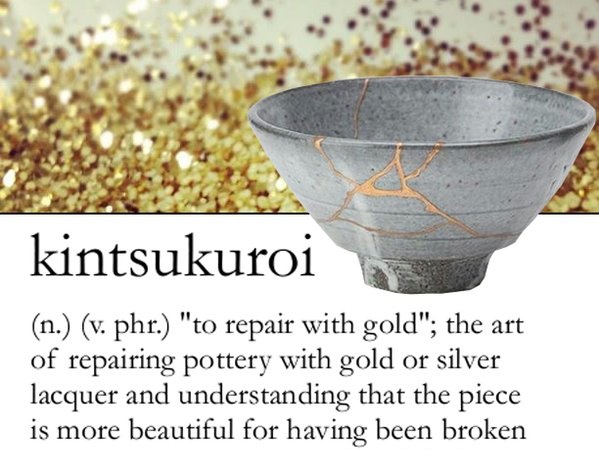As I make changes to my website about re-opening my office and re-locating, I am sitting in a corner of my guest room, where there have been no guests for 16 months. If I stretch my arms out to either side, I hit a wall on one side and a bed on the other. This workspace in my home has accommodated the transition from in-office work to at-home work for the duration of the worst stages of the pandemic.
I will be grateful to not be boxed into a roughly 3’x4′ space in a crowded room, using a dresser as a desk. I want to see smiles and feel the energy of being in rooms with people. Many times, while I listened to my clients over video, I wondered what I might have felt about what they were experiencing if we could be in the same room. What might I have picked up on or understood if I could have felt their experience more thoroughly, instead of through machines miles away and sometimes with spotty WiFi?
Yet, while I am eagerly anticipating a return to what we describe as “normal,” I feel something in my belly, and wonder what will be difficult about it. I’ve grown somewhat accustomed to working in this altered way. What might I miss? There are little things, like access to a second cup of coffee steps away, my dogs within petting distance, my kids’ laughter on the other side of the wall, not having to wear shoes. I’ll miss seeing clients in THEIR world instead of in my office, seeing their cats walk along the couch behind them, meeting their kids. As activities outside the home are ramping up, will I still find time for the things I enjoyed when life was slower?
I’ve known people who were very sick from this illness, and some whose loved ones have died, alone and too young. I’ve known people who have been impacted by the loss of work and who have ached for human contact, especially during the earliest months. These comparisons make me grateful for my 3’x4′ space in an unused room in my house and for the abundance that has carried us through more easily than most.
I know better than to dismiss my own concerns, however small they may seem in comparison to others’. But it’s hard not to, when others have felt the blow of the pandemic in ways I haven’t. Right alongside the caution not to take my relative safety for granted is that knot in my stomach in response to the re-opening of everything, the invites for get-togethers coming in, the pressure to travel and to make up for lost time. They co-exist: the gratitude and the apprehension.
The pandemic has been unique for therapists. Perhaps not since 9/11 have therapists and clients felt the same ground shake underneath their feet. Therapy is a lot like being in a boat in choppy waters, extending poles and ropes to someone in the water who is trying to stay afloat. The therapist maintains a certain level of stability in which to bring to safety someone who is in danger of drowning. We aren’t typically, or supposed to be, in the water with you. In fact, if we are going through something similar as you, we are advised to consider referring you to someone who is more “in the boat” than “in the water,” so to speak.
This pandemic made being in the water with you inevitable. Like many of you, I was scared, restless, bored, unable to concentrate, overwhelmed, unsure what my operating instructions were, confused by conflicting information, angered by others’ behavior, discouraged by conflict, grateful, humbled, powerless, and sometimes enormously inspired. During this past year and a half, I coped poorly and I coped well. I both wasted and utilized the time. Probably more than anything, the narrowing of my world created an opportunity to look closer at things.
The Japanese have a style of pottery called Kintsukuroi. A piece is created by first being formed, then broken, then repaired. The glue used to repair it traditionally contains gold or silver lacquer to enhance the beauty. The lesson is that something that has been healed from damage is not the same, but may be considered more beautiful.

Right alongside each other co-exist the brokenness and the healing.
As you leave your homes, go back into your offices, you’ll see cracks. You’ll see sharp edges. You might cut yourself as you handle the pieces.
You’ll see glue. Make sure you’re looking for it.
I hope you’ll see flecks of gold and silver. Grab them.
It’s all out there. It’s among and between us. It’s inside us, the cracks, the glue, the precious metals.
See you soon.
